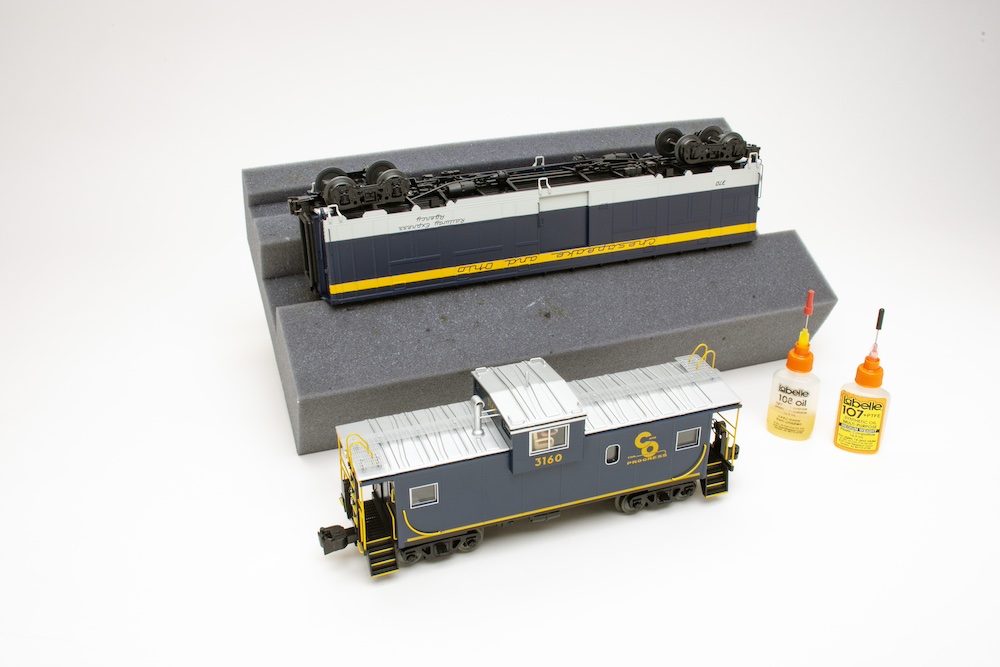
Modern O scale rolling stock takes leaps and bounds in the level of detail and playability provided. Manufacturers roll out high end-looking models with some featuring not only traditional lighting, but also sound and smoke effects to further replicate real-life railroading. But what hasn’t fallen into the realm of head-spinning complexity is lubricating these 1:48-scaled […]
Read More…

Are MTH Premier SD60M shells interchangable I have the MTH No. 20-2595-1 Premier Line Harley-Davidson SD60M freight set from around 2005. I ran it a few times before the circuit board fried. At the time, it was already out of warranty. I looked into having the board replaced, but it cost too much. More recently, […]
Read More…
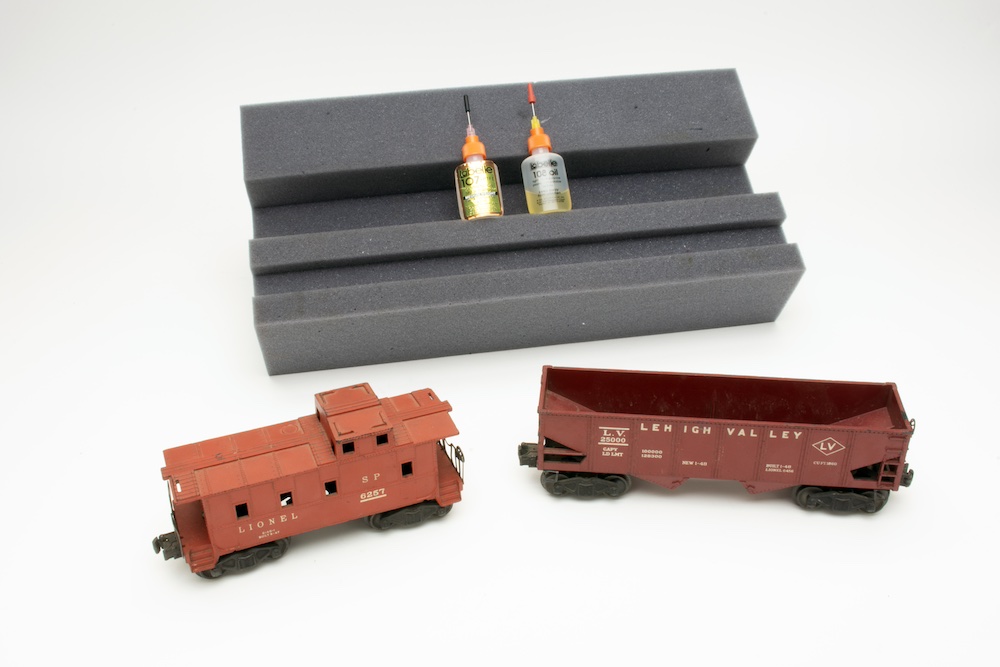
“Less is more,” as the saying goes from the article, How to lubricate your O and S gauge trains. The same applies to regularly lubricating postwar equipment that has stood the test of time. Rolling stock — ranging from freight cars to cabooses — is no exception. Oiling around Lubricating postwar rolling stock will involve […]
Read More…
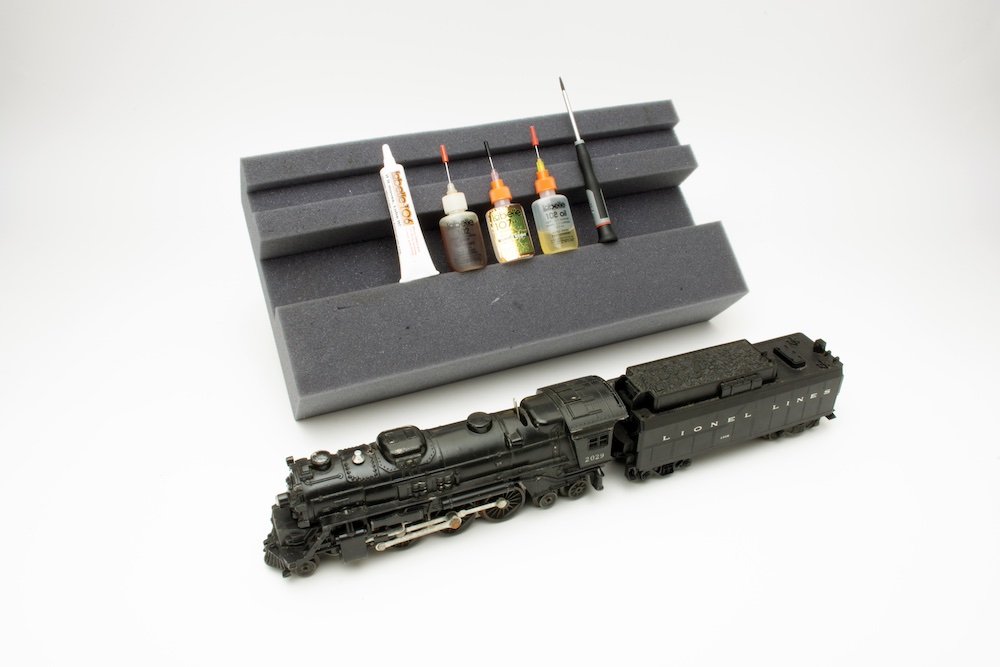
“Less is more,” as the saying goes from the article, How to lubricate your O and S gauge trains. The same applies to regularly lubricating postwar equipment that has stood the test of time. For steam locomotives, that means regular oiling and greasing. Some disassembly required In Classic Toy Trains’ January 2019 issue, Joseph L. […]
Read More…
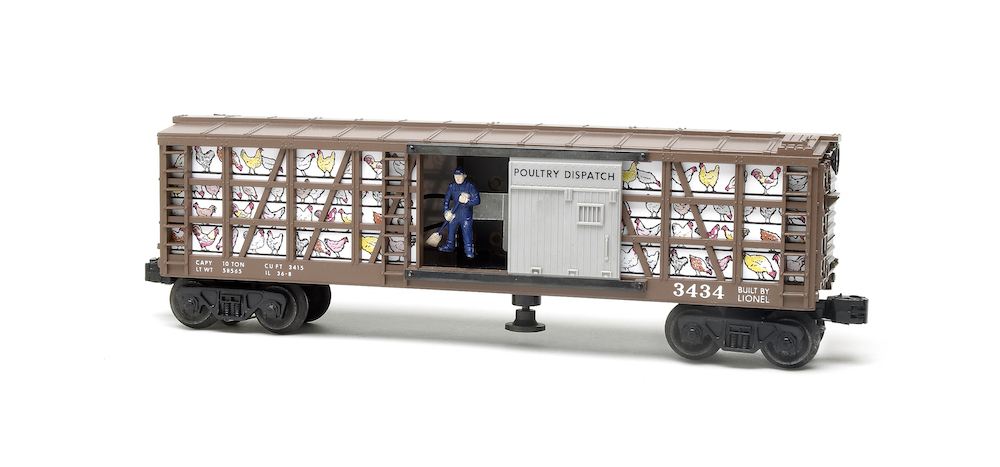
I have two modern Lionel operating cars based on the postwar No. 3434 Poultry Dispatch Car. One, the No. 29825 Postwar Celebration version of the 3434, has the figure suspended on the operating arm between two springs. On the other, a No. 16739 Looney Tunes Foghorn Leghorn Poultry Car, the operating arm appears to have […]
Read More…
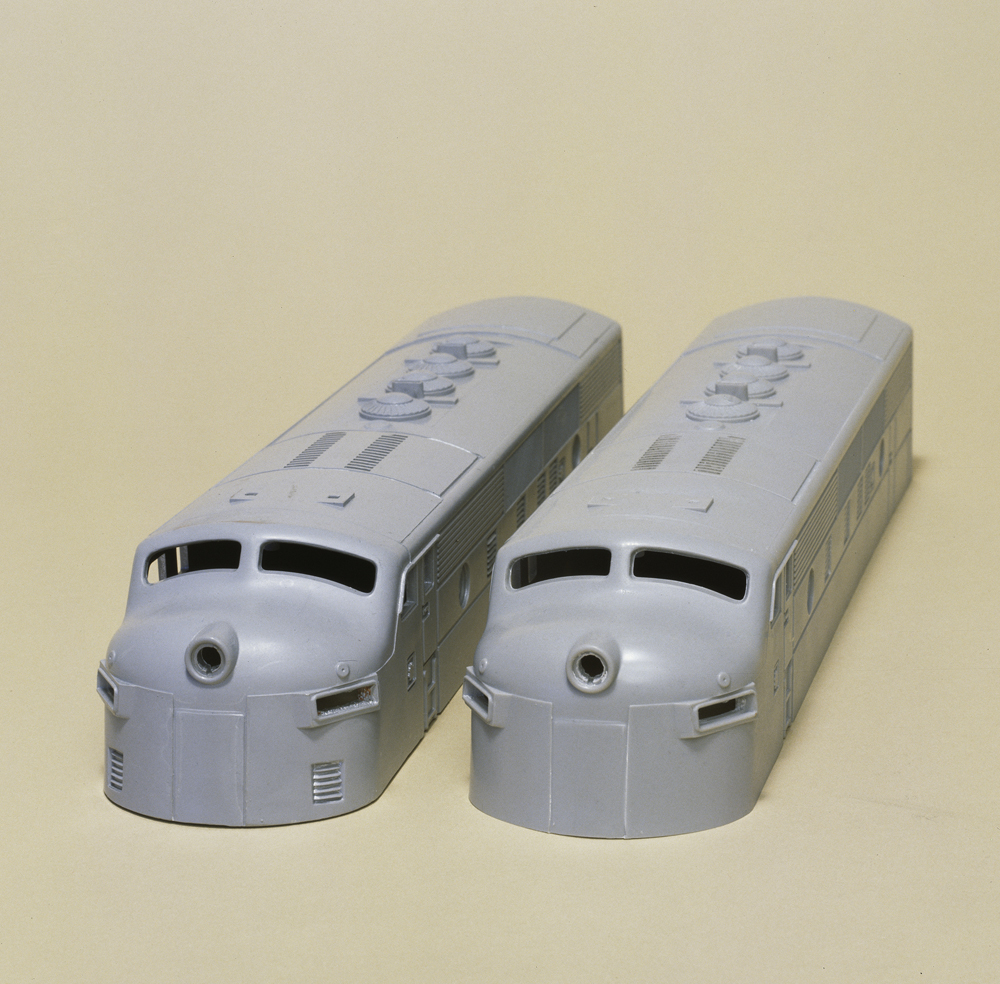
You might recognize my name as a restorer of Lionel trains, this having been my livelihood for more than 50 years. Some people may question my sanity in giving up “secret” painting tips that I have used for decades; I don’t mind at all. If I can make the hobby more enjoyable to my fellow […]
Read More…
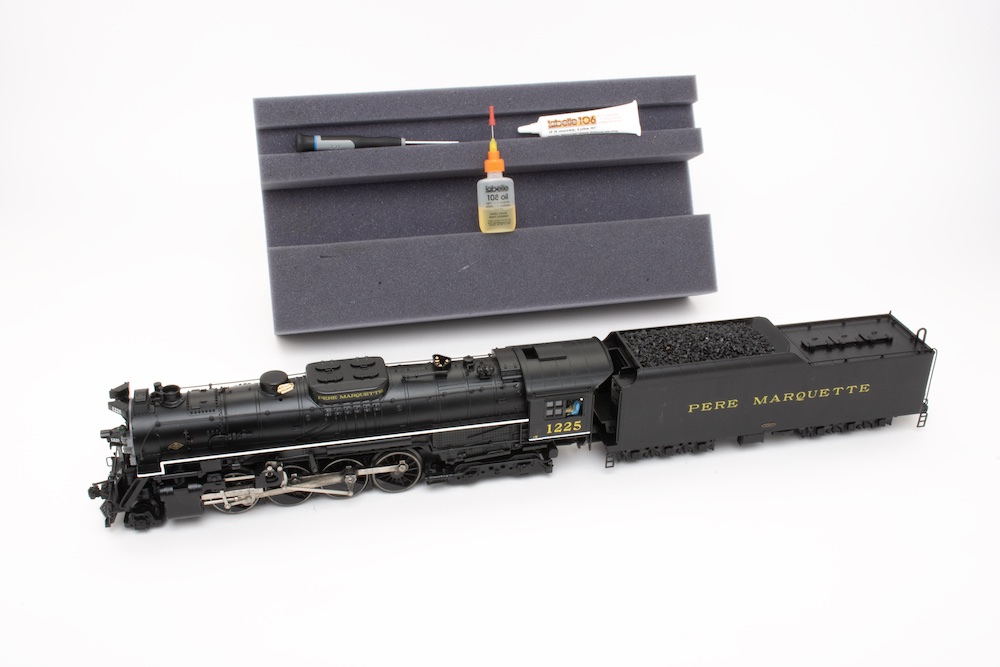
“Less is more,” as the saying goes from the article How to lubricate your O and S gauge trains. The same applies to lubricating modern O scale steam locomotives, big and small. Though much like their real-life counterparts, there will be a few more components to attend to in contrast to lubricating diesels and rolling […]
Read More…
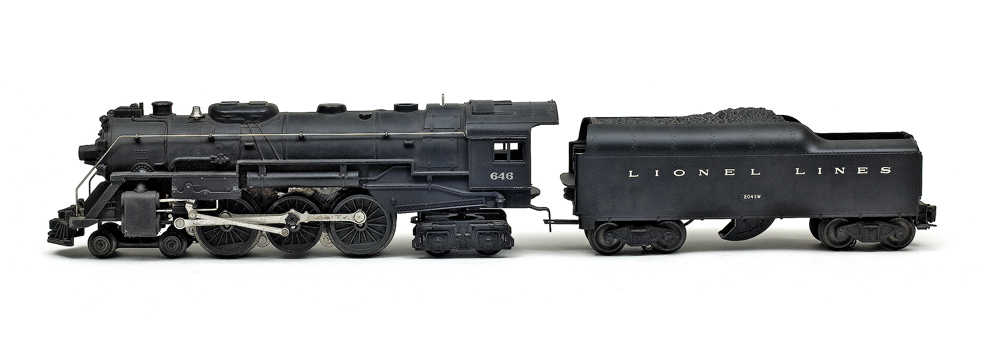
Q I noticed rust on the trucks of my Lionel No. 646 steam engine. When I tried to run the postwar locomotive, operation was sluggish. The engine needed an unusual amount of transformer voltage to go around the track. I removed the cab and discovered the aluminum crosshead guide, where the valve gear linkages are […]
Read More…
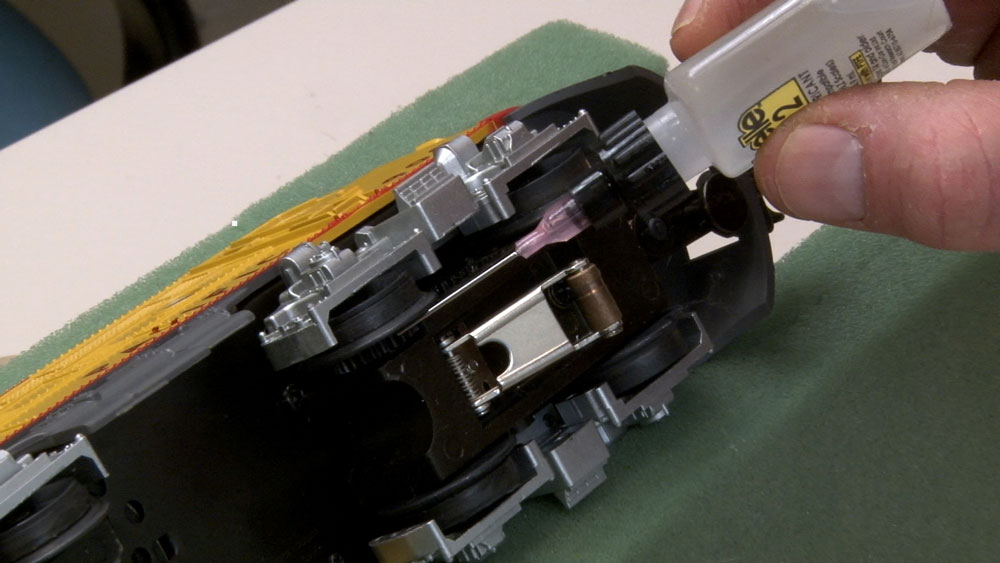
Some questions we get frequently are: “How do I lubricate my locomotives?” followed by “What type of lubrication should I use on them?” Here are some answers. And remember, when it comes to oil and grease on locomotives or other rolling stock, less is more. Fortunately, there’s a quick and easy answer for what to […]
Read More…
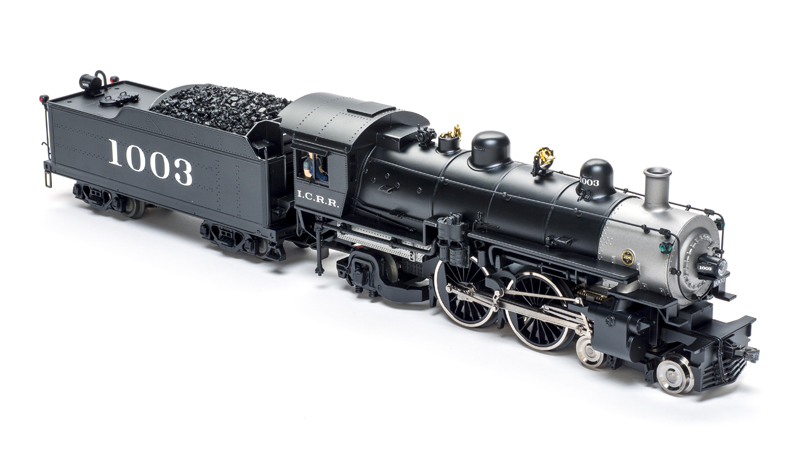
Please contact the manufacturer directly about purchasing smoke fluid. As of this writing, there is one manufacturer of smoke pellets that’s compatable with postwar engines: SP Smoke Pellets. You can also check secondary markets to find new old stock of pellets. Happy operating! Bachmann Industries 1400 East Erie Avenue Philadelphia, PA 19124 webstore@bachmanntrains.com Bachmanntrains.com Bart’s […]
Read More…
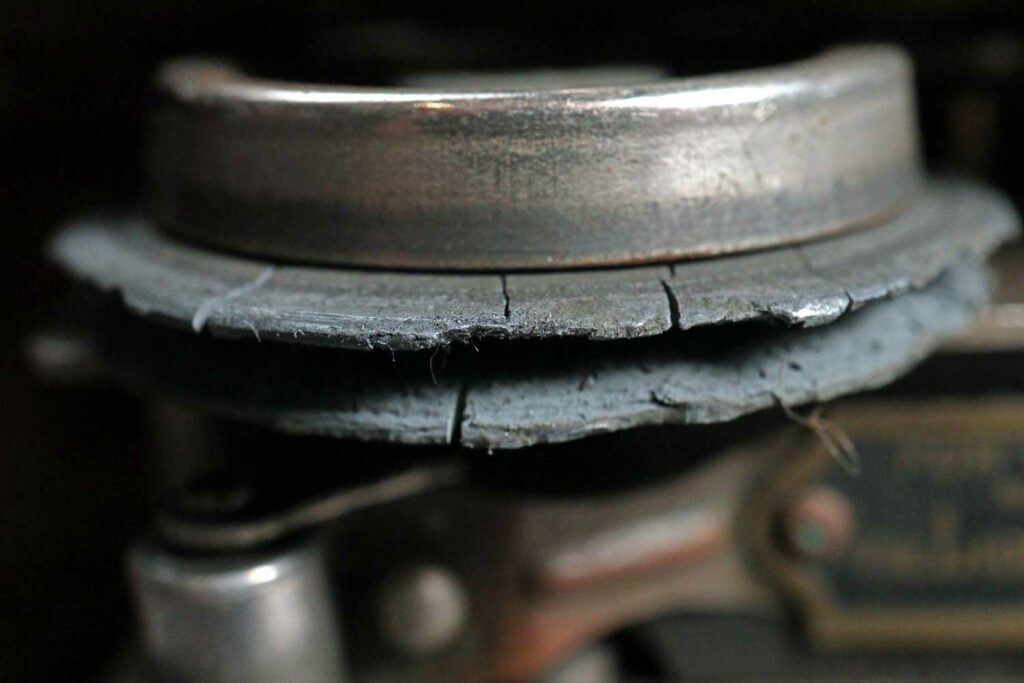
You may have heard the term “zinc pest,” or maybe “zinc rot” or “zamak pest,” but what is zinc pest? And how does it affect toy trains? In the earlier days of toy train manufacturing, trains and their parts were diecast with alloy metals, made from zinc, aluminum, magnesium, and copper. It was an inexpensive […]
Read More…

I have a set of Lionel No. 2379 Denver & Rio Grande Western F3s from 1957 that do not run. I have taken both motors apart, cleaned the grease out of the gearboxes, and put in new grease. I have taken off the brush covers and cleaned the armature faces and the brush wells. I […]
Read More…











